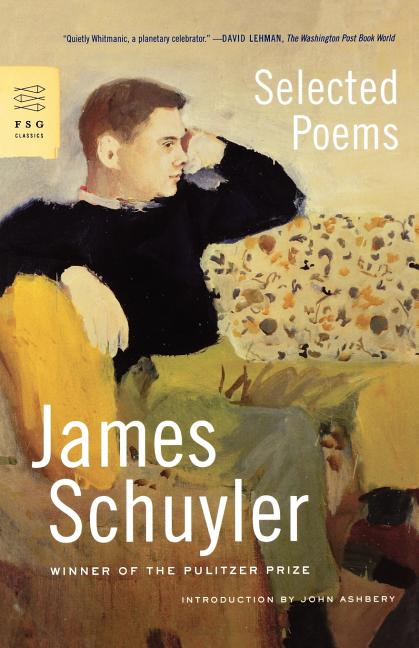Schuyler's second poetry chapbook, published in 1966.
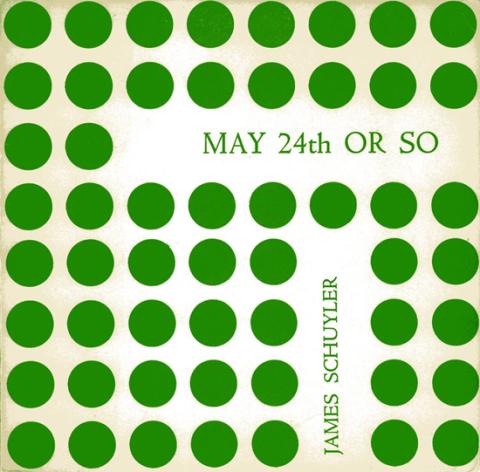
Schuyler's second poetry chapbook, published in 1966.

A limited edition chapbook of 200 copies, printed with The Poetry Project. Poems by both Schuyler and Helena Hughes.
A handmade chapbook of 500 copies consisting of selected prose entries from Schuyler's journals.
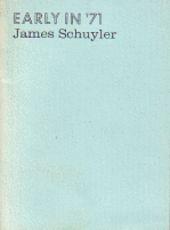
The collaborative nature of the New York School is echoed in this work from 1976, which marries Schuyler's text and Claire Van Vliet's artistry. The Fireproof Floors of Witley Court is particularly rare, as it was created for Janus Press subscribers and copies were rarely sold to the public. The book features 12 poems by Schuyler, beginning with a cautionary tale of Samuel Dawkes' so-called fireproof Witley Court, which turned out to be flammable. Other poems examine life in late 19th and early 20th century England. Bright orange paper wraps are embossed with a silver man in the moon, echoed on the rear page. The purple silhouette of Levens Hall, Westmorland, England, a manor home dating from 1350, with a green silhouette of the celebrated topiary gardens established in 1694, are featured on the cut out endpapers. Originally printed in 150 copies.
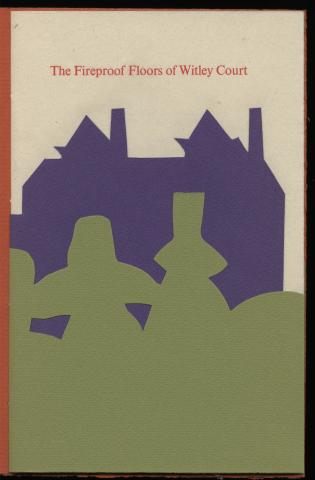
A collected edition of Schuyler's poems and short prose over two decades, edited by Trevor Winkfield.
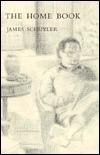
Schuyler's earliest poetry book, published in 1960.
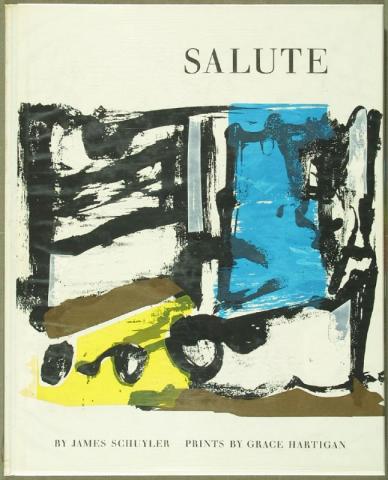
A London edition of the last few poems written by Schuyler before his death.
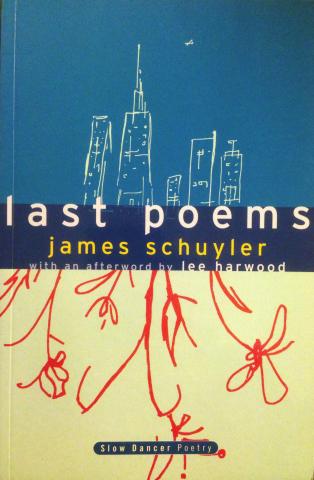
Other Flowers brings together 165 unseen poems from James Schuyler, one of the twentieth century’s most acclaimed writers. This carefully arranged edition presents a broad range of Schuyler’s work, spanning from the early 1950s until his death in 1991. These poems exhibit Schuyler’s virtuosity in drawing from real life, interpersonal history, nature, and pop culture to create reverberant portraits of the everyday. To read these poems is to rediscover the fresh clarity and grandeur of even the smallest things. Other Flowers confirms Schuyler’s status as one of the most important figures in contemporary poetics.
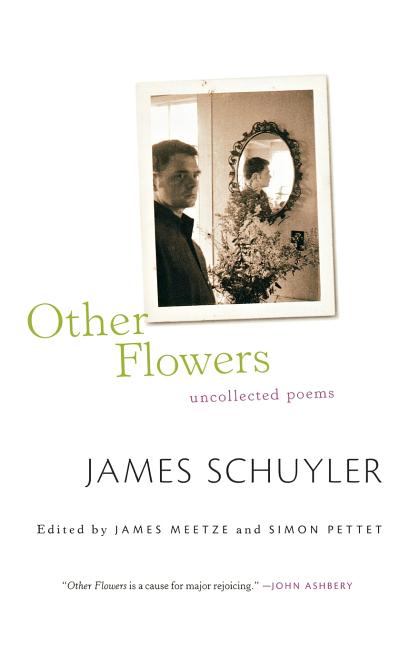
Edited by poet Simon Petit, this book presents Schuyler's essays and articles composed mostly for the influential trade periodical Art News during his tenure as associate editor (1957-1962). A vivid composite portrait of the New York art scene of that time, this selection includes pieces on such artists as Gorky, Pollock, Rothko, Kline, Frankenthaler, Rivers, Rauschenberg and, of course, Fairfield Porter. Many articles are illustrated with photographs of the work.
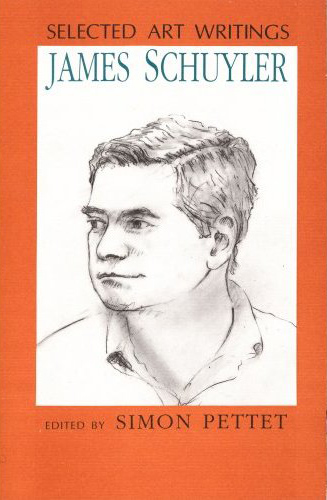
In Selected Poems, we experience the full range of James Schuyler's achievement, confirming that he was among the late twentieth century's truly vital and distinctive poetic voices. One of the most significant writers of the New York School—which unofficially included John Ashbery, Frank O'Hara, and Kenneth Koch, among others—Schuyler was strongly influenced by both art and music in his work, often incorporating rapid shifts in sound, shape, and color within his poems that almost gave his work the effect of a collage and engendered comparisons with Whitman and Rimbaud.
